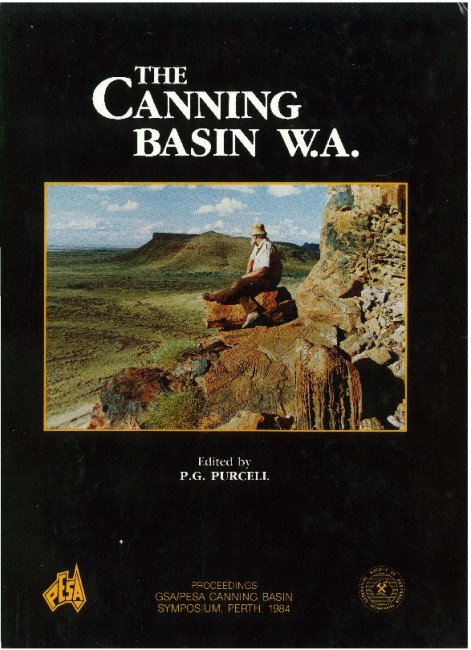Publication Name: The Canning Basin, W.A.
Authors: E.L. Horstman
Date Published: December 1984
Number of Pages: 20
Reference Type: Book Section
Abstract:
Vitrinite reflectance data can be used to determine the original depth of burial in an uplifted and exhumed section. With sufficient density of well data, a projection. of the existing vitrinite reflectance data to an original,now eroded, surface can be made. When data is inadequate for use in a projection, an estimate of missing section can be made by converting vitrinite reflectance to an equivalent temperature which can be then converted to an equivalent depth of burial using a suitable geothermal gradient. Although the data available in the Canning Basin is generally of relatively poor quality, the technique can tolerate substantial inaccuracies and still yield data suitable for broad regional interpretation.
Vitrinite reflectance data from the Permian sedimentary section in the Canning Basin indicate the sediments reached far higher temperature in the past than their present temperature regime. Analysis of the data shows
that the higher temperatures were due to depth of burial and not to changes in geothermal gradient.
Projections of reflectance data to the probable original surface compare favourably with calculations based on present geothermal gradients and indicate 500 to lOOOm of probable Triassic section originallydeposited in the basin has been completely eroded and removed from the basin. Calculation of the totalamount of section removed consisting of the 500 to lOOOm of section mentioned above plus erosion of section, portions of which are still preserved in small areas of the basin, suggests that the southern and eastern margins of the basin were uplifted 1500 to 2500m and the northeastern side of the basin adjacent to the Kimberley Block was uplifted lOOOm. Vitrinite reflectance plots suggest that the Paleozoic sediments in the basin outside of the Fitzroy and Gregory troughs reached their maximum depth of burial and thermal maturity in Triassic time prior to the uplift and folding during the late Triassic/early Jurassic Fitzroy Movement.


